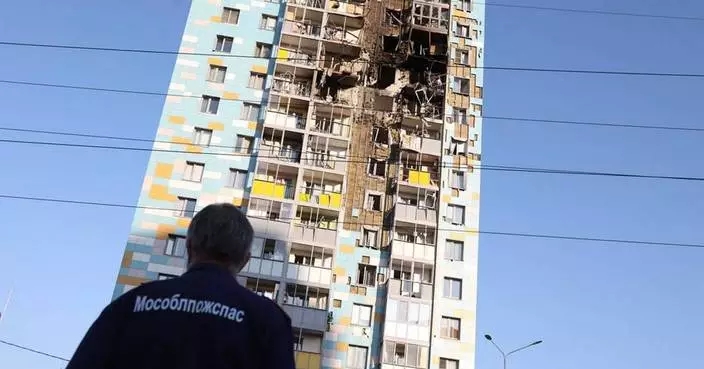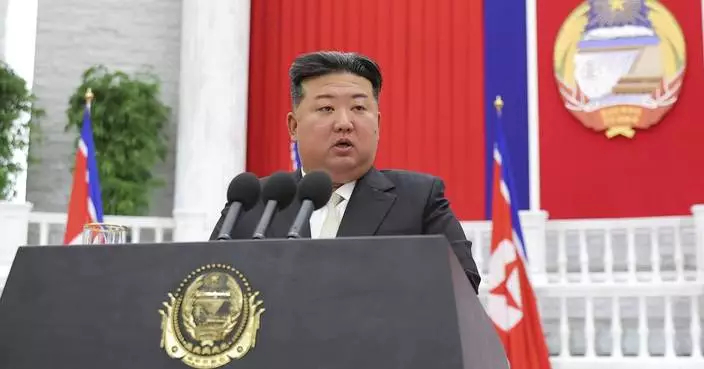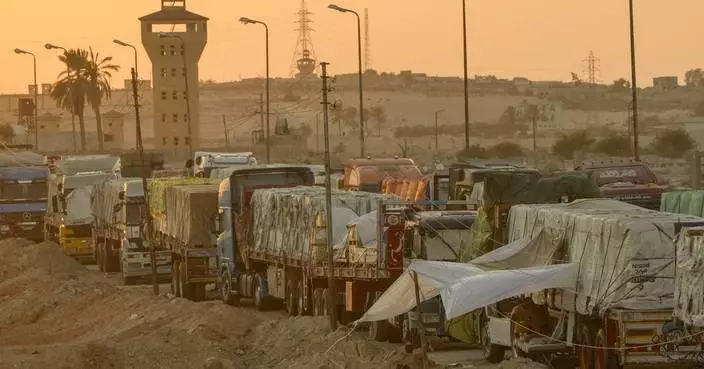ALGIERS, Algeria (AP) — Olympic boxing champion Imane Khelif returned home to a warm welcome Monday as Algerians rallied around her in the face of international scrutiny and misconceptions about her sex.
The Algerian gold medalist in women's welterweight boxing flew back to the gas-rich North African nation's capital Monday afternoon along with other Olympic medalists, including gymnast Kaylia Nemour and runner Djamel Sedjati.
They were greeted in Algiers by Minister of Youth and Sports Abderrahmane Hammad and were scheduled to meet President Abdelmadjid Tebboune later this week, according to APS, the nation's public press service.
“It's a dream I had for eight years,” Khelif said of her gold medal performance. “We did our best to represent Algeria.”
Khelif became a top storyline of the 2024 Paris Olympic Games after Italian boxer Angela Carini withdrew 46 seconds into their matchup, wept and refused to shake Khelif's hand, saying she had never been hit so hard by a punch. Afterward, scrutiny toward Khelif exploded as people — including world leaders and celebrities — questioned her eligibility or falsely claimed she was a man.
Algerians vigorously defended Khelif amid uninformed speculation about her sex, which they interpreted as a byproduct of racism. They loudly made their presence known both in Paris and Algeria, where the gold medal fight was broadcast in public squares throughout the country.
Sedjati, the bronze medalist in the men's 800 meters, said Nemour and Khelif's success would “give a boost to women's sports in our country.”

Gold medalist in the the women's 66 kg boxing Algeria's Imane Khelif, left, French-Algerian gymnast gold medalist in the uneven bars Kaylia Nemour, center, and bronze medalist in the men's 800m Djamel Sedjati show their medals after the 2024 Summer Olympics, Monday, Aug. 12, 2024, at Algiers airport, Algeria. (AP Photo/Anis Belghoul)

Gold medalist in the the women's 66 kg boxing Algeria's Imane Khelif, left, and bronze medalist in the men's 800m Djamel Sedjati arrive after the 2024 Summer Olympics, Monday, Aug. 12, 2024, at Algiers airport, Algeria. (AP Photo/Anis Belghoul)

Gold medalist in the the women's 66 kg boxing Algeria's Imane Khelif, left, French-Algerian gymnast gold medalist in the uneven bars Kaylia Nemour show their medals after the 2024 Summer Olympics, Monday, Aug. 12, 2024, at Algiers airport, Algeria. (AP Photo/Anis Belghoul3
TOKYO (AP) — An extendable robot began on Tuesday a two-week mission to retrieve the first sample of melted fuel debris from inside one of three damaged reactors at the Fukushima Daiichi nuclear power plant.
Highly radioactive fuel and other materials in the reactors melted when a massive earthquake and tsunami in 2011 damaged the plant's cooling systems.
The plant's operator, Tokyo Electric Power Company Holdings, has previously used small robots to examine the inside of the reactors, but this is the first time for it to collect a sample of the melted debris in what will mark the start of the most challenging part of the plant's decadeslong decommissioning.
The mission was initially scheduled to begin on Aug. 22 but was suspended when workers noticed that five 1.5-meter (5-foot) pipes to be used to push the robot into the reactor had been arranged in the wrong order, TEPCO said.
The equipment was reassembled in the right order for Tuesday's attempt, the company said.
Once inside the reactor vessel, the robot is operated remotely from a safer location.
The robot, nicknamed “telesco," can extend up to about 22 meters (72 feet), including the pipes pushing it from behind, to reach the melted fuel mound, where it will use tongs to collect a fragment measuring less than 3 grams (0.1 ounce). It is expected to take about two weeks to obtain the fragment.
An estimated 880 tons of fatally radioactive molten fuel remains in the three reactors.
Chief government spokesperson Yoshimasa Hayashi noted that the mission marked the start of the most difficult phase of the Fukushima Daiichi cleanup. “The government will firmly and responsibly tackle the decommissioning until the very end,” he said.
The government and TEPCO have set a 30- to 40-year target for the cleanup, despite criticism it is unrealistic. No specific plans for the full removal of the melted fuel debris or its storage have been decided.
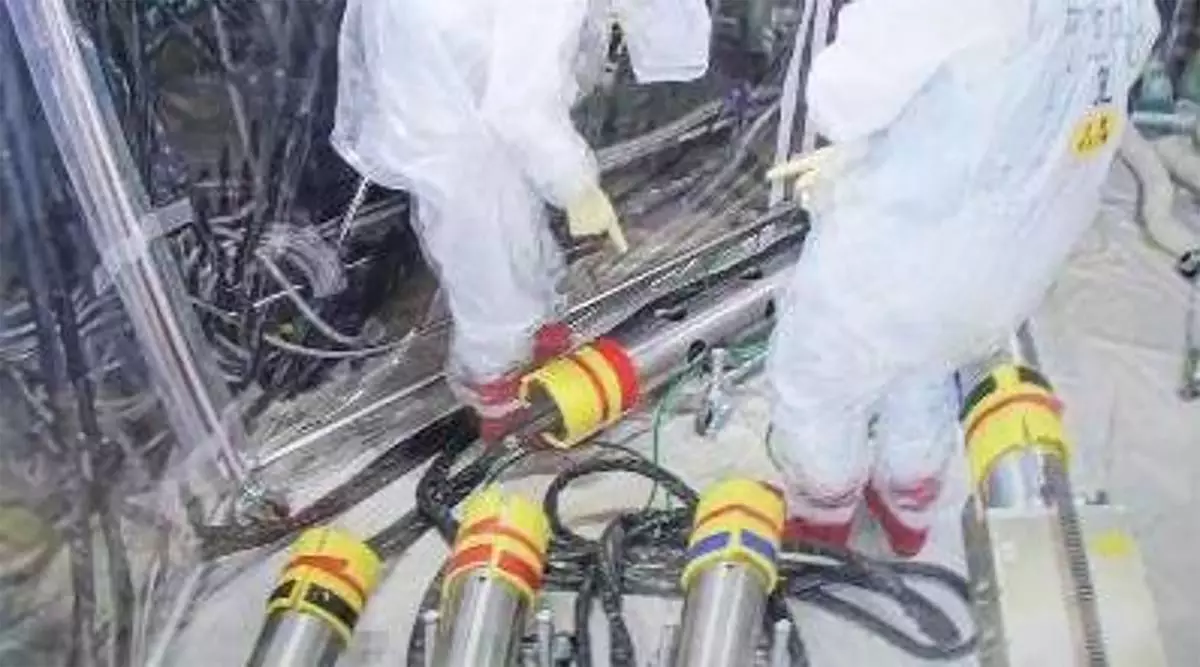
In this photo released by Tokyo Electric Power Company Holdings (TEPCO), monitoring workers rearrange the push-in pipes into the right order, at Fukjushima Daiichi nuclear power plant in Okuma, Fukushima prefecture, northern Japan Saturday, Sept. 7, 2024. (Tokyo Electric Power Company Holdings via AP)
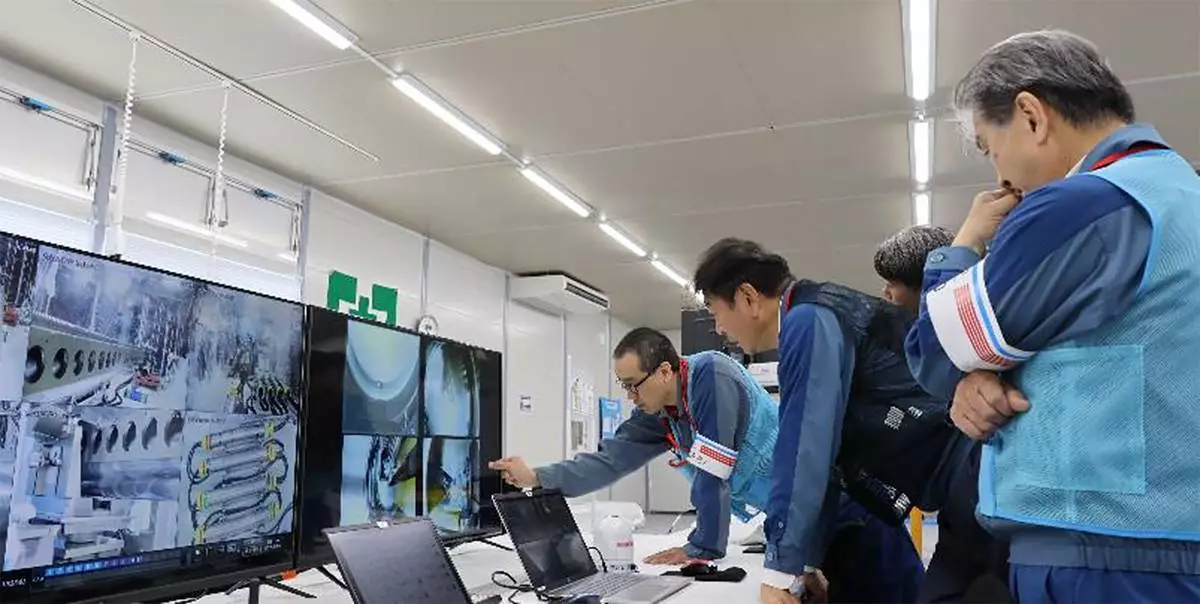
In this photo released by Tokyo Electric Power Company Holdings (TEPCO), TEPCO executives observe plant officials making final procedural checks from an operation room to monitor and remote control an extendable robot, at Fukjushima Daiichi nuclear power plant in Okuma, Fukushima prefecture, northern Japan Monday, Sept. 9, 2024. (Tokyo Electric Power Company Holdings via AP)
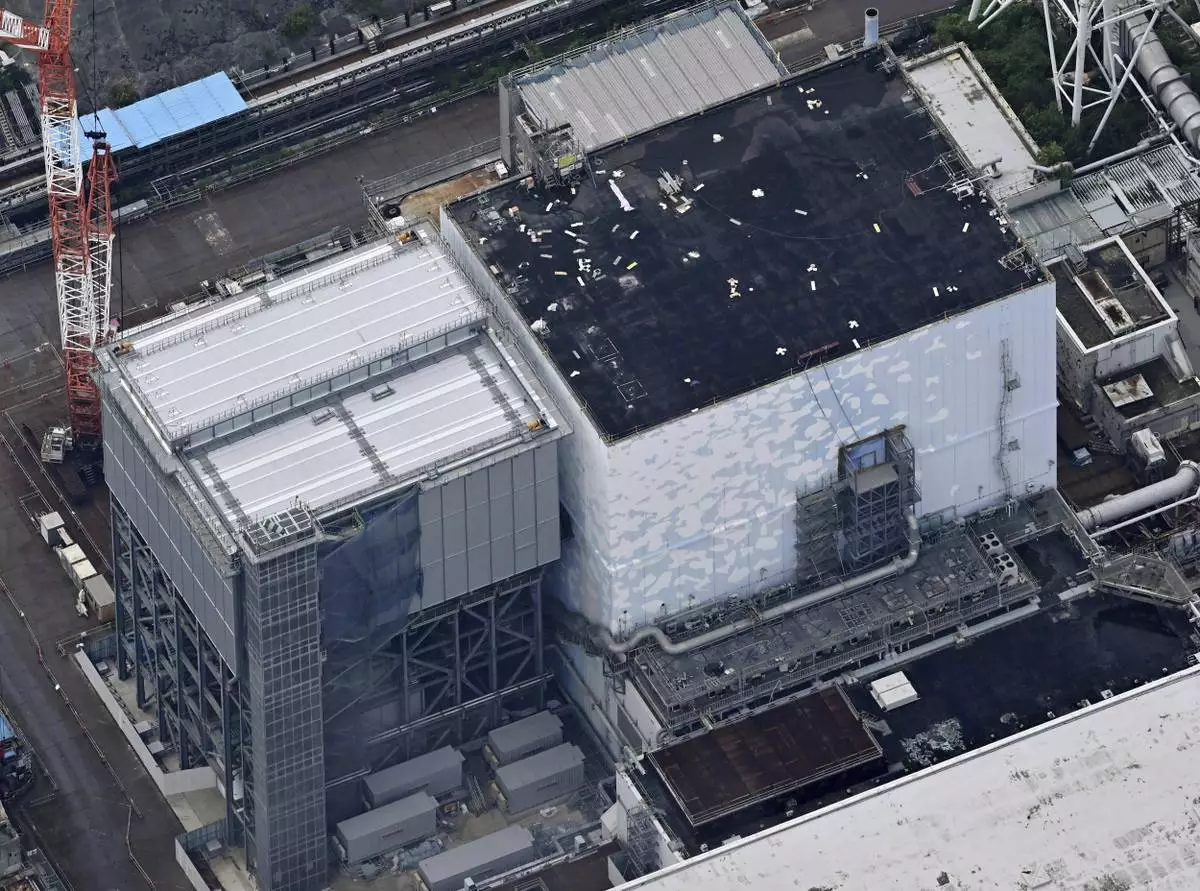
This photo shows the Unit 2 reactor of the Fukushima Daiichi nuclear power plant in Okuma, Fukushima prefecture, northern Japan, on Aug. 22, 2024. (Kyodo News via AP)

This photo shows the Fukushima Daiichi nuclear power plant in Okuma, Fukushima prefecture, northern Japan, on Aug. 22, 2024. (Kyodo News via AP)
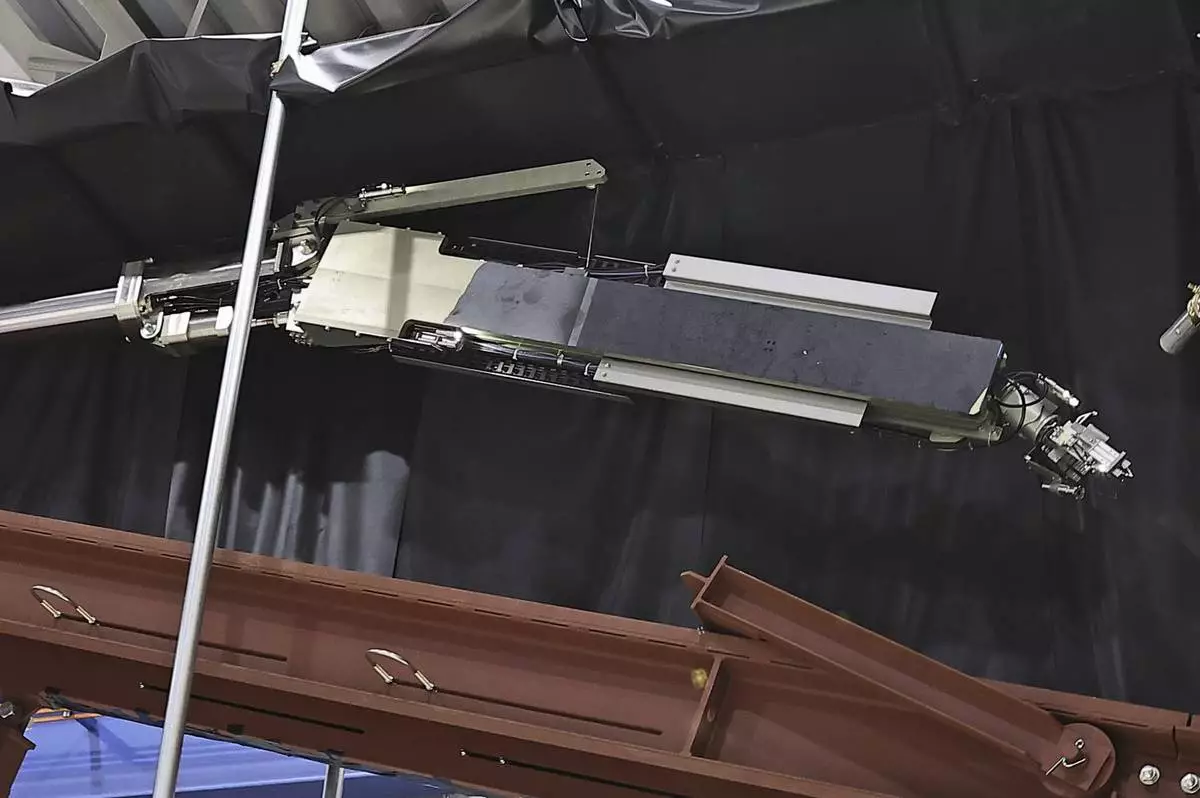
FILE - Tokyo Electric Power Company Holdings, also known as TEPCO, the operator of Japan's wrecked Fukushima Daiichi nuclear power plant, reveals a robot to be used to retrieve debris at the power plant in Kobe, western Japan, May 28, 2024. (Kyodo News via AP, File)











